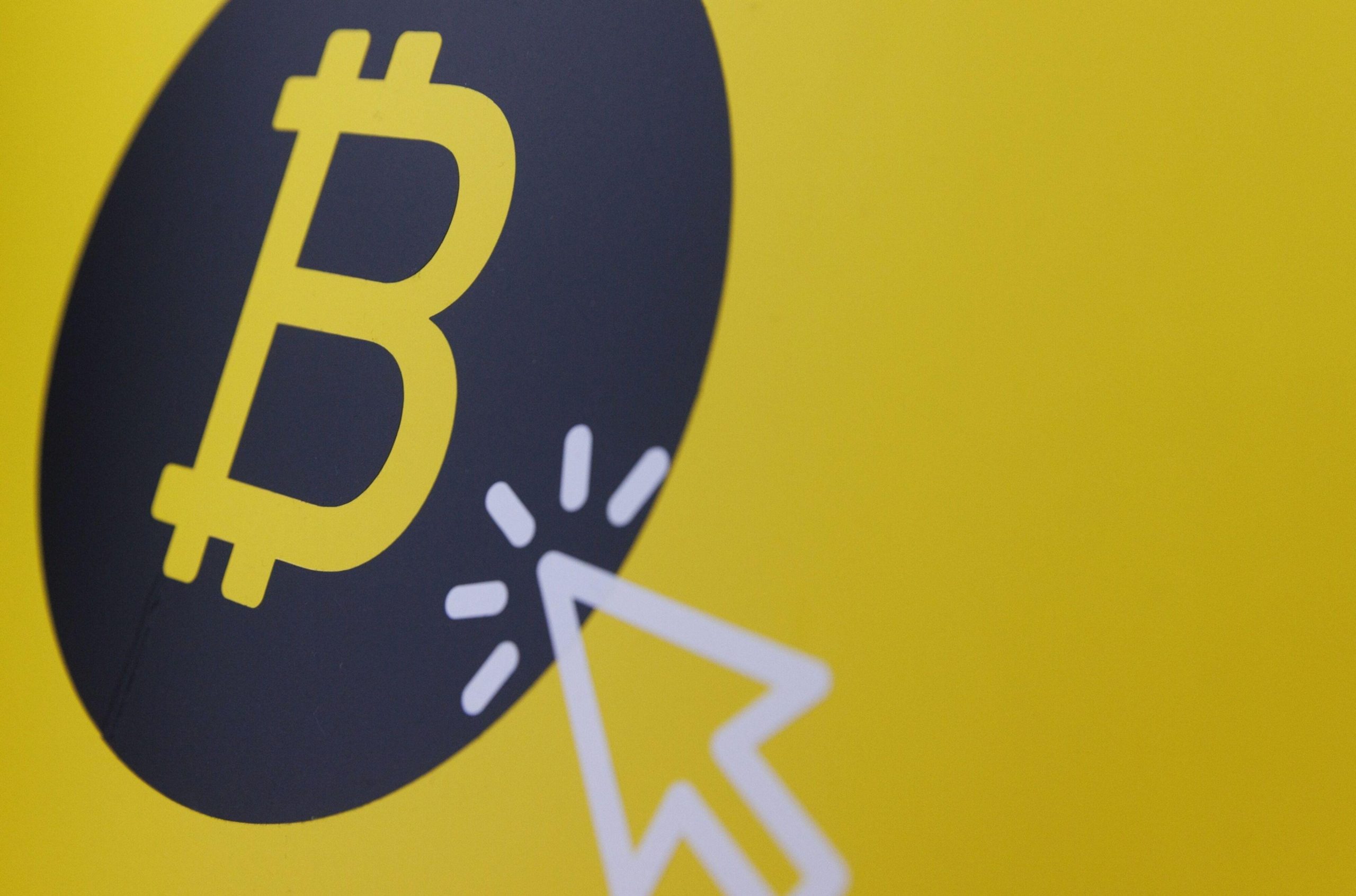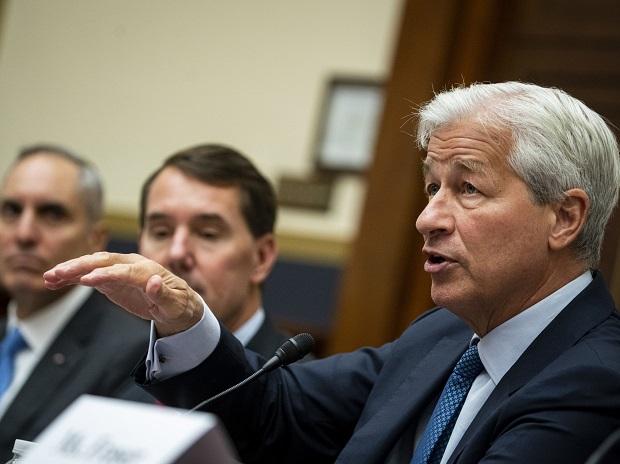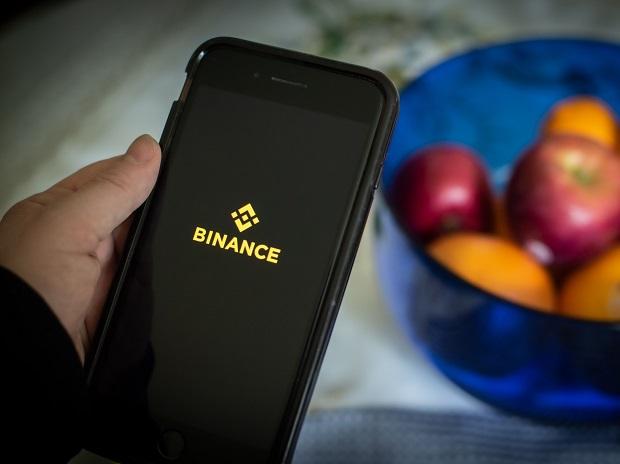Of all the cryptocurrencies, Bitcoin is the oldest, the most popular and expensive too. First created in 2009, its price has been on a roller coaster ride since then.
It had hit a low of $4,107 in 2020 and touched an all-time high of $68,790 in November 2021. On October 31, the price of one Bitcoin was $20,466. People can also purchase a fraction of the coin. Like stocks, trading in cryptocurrencies too is full of risks.
And unlike securities — which are created in the primary market — generation of cryptocurrencies is quite a complex process.
So how a new coin is mined
Most of us purchase a new cryptocurrency, for example Bitcoin, from the existing lot. But how are the new coins generated? The process behind this is known as cryptocurrency mining. And not everyone can do it. It is a domain of experts. And they get coins as a reward for their labour — which is painstaking and involves solving very complex mathematical problems. It is done to make sure that coin generation is limited, the way RBI keeps a check on the new currency creation.
Bitcoin mining is the process of creating new Bitcoins by solving extremely complicated maths problems to verify transactions and add them to the blockchain ledger. Blockchain is a distributed ledger and information in it is stored in a way which makes it very difficult to hack.
When a bitcoin is successfully mined, the miner receives a predetermined amount of Bitcoin. As part of putting new coins into circulation, mining also helps secure the blockchain and verify transactions. Here’s what it means
Cryptocurrencies such as Bitcoin, Solana and Monero are virtual currencies, which means they exist only electronically. These are some of the well-known cryptocurrencies among the more than 20,000 that are currently in existence, with more being created every day.
New blocks can be added to a blockchain through a variety of mining mechanisms. For Bitcoin, new blocks are added to the blockchain through a proof-of-work (PoW) algorithm.
Under Proof of Work, miners across the world, who are seeking to add a block to a blockchain, are presented with a difficult mathematical problem, or puzzle. The miners’ computational resources are deployed to arrive at a solution.
Once the problem is solved, other users can validate the solution and confirm the block, adding the next block to the chain. In the case of Bitcoin, miners who create and publish new blocks are rewarded with Bitcoin.
Bitcoin is rewarded on a first-come, first-served basis, meaning whoever solves and publishes the solution first is rewarded with Bitcoin. Miners throughout the network compete against each other in a race to be the first to resolve the Proof of Work and earn the reward.
A miner currently earns about 6.25 Bitcoin for successfully validating a new block on the Bitcoin blockchain. The Bitcoin blockchain was created anonymously with a final limit of 21 million coins, of which about 19.08 million have already been minted. The last bitcoin is expected to be mined in 2140.
Note:- (Not all news on the site expresses the point of view of the site, but we transmit this news automatically and translate it through programmatic technology on the site and not from a human editor. The content is auto-generated from a syndicated feed.))



